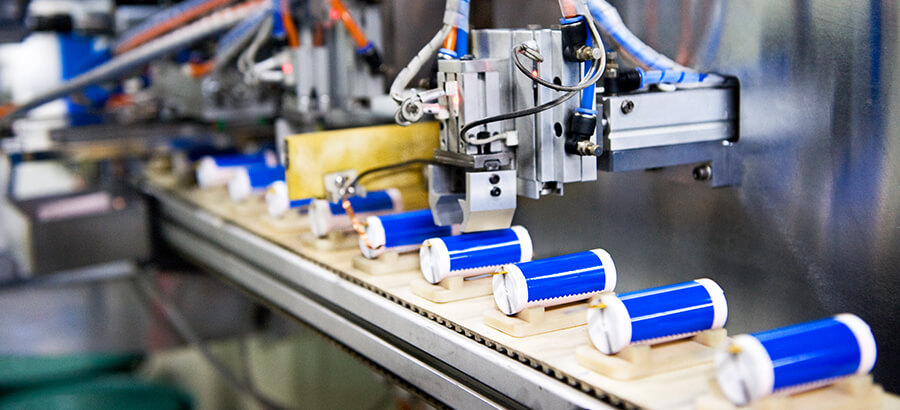The fight between man and machine has bounced off movie screens, leapt out of the pages of fiction novels and set up battle stations in the real world.
South Korean Go champion, Lee Se-dol, recently snatched victory from AlphaGo, the artificial intelligence (AI) program developed by Google’s DeepMind unit, after suffering three consecutive defeats. The match, consisting of five games, has been hailed as an important gauge of the progress that is being made in the AI research space, particularly since Go is still considered to be too intricate a game for most computers to challenge top professionals.
Go has its origins around 3,000 years ago in China and has a near-infinite number of moves that combine intuition with calculation in equal measures. This is what makes it such a challenge for computers that rely on brute-force number crunching.
DeepMind’s AlphaGo uses programming modeled on biological processes to replicate human instincts, as well as self-learning through millions of games against itself. The advanced system, based on deep neural networks and machine learning, will ultimately have much more important applications than board game dominance.
The Google unit have indicated that DeepMind’s machine learning techniques will be useful in robotics, smartphone assistant systems, and healthcare. And, while gaming is both entertaining and socially relevant, it is these applications that will have the biggest impact on the world as we know it.
Think about computers that are able to learn in order to assist human beings with more effective decision-making. Computers that are able to solve previously unsolved problems. Computers that are able to transform industries. Computers that are able to make sense of an increasingly complicated world.
The possibilities are seemingly endless.
And this brings me to the point of this blog. As advances in machine learning begin to permeate our everyday lives, let us not forget that it is the power of the software developers’ algorithms that breathes life into this otherwise inanimate object. The human-in-the-loop (HITL) factor can never be disregarded. And it is this unassailable truth that makes the struggle between man and machine so infinitely fascinating.
It is only through extensive research and development, passion, commitment, and abundant creativity that this closely run race continues to enrich our lives and extend the boundaries of what we thought was possible.
“The question of whether a computer can think is no more interesting than the question of whether a submarine can swim.” EDSGER DIJKSTRA, attributed, Mechatronics Volume 2: Concepts in Artificial Intelligence







